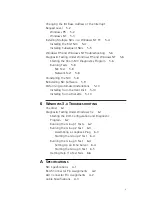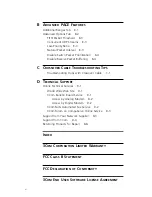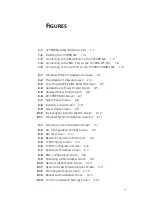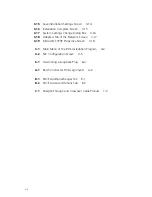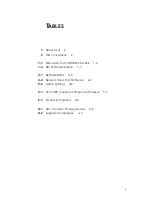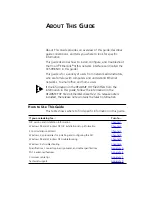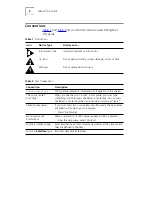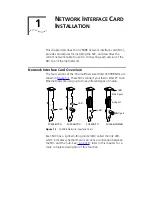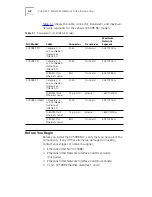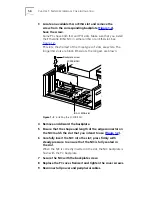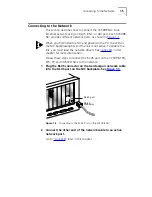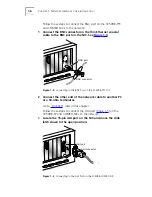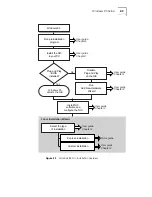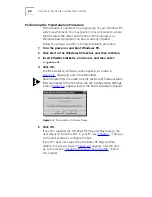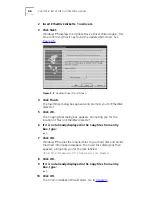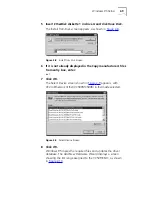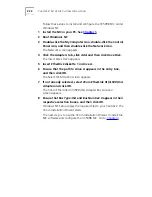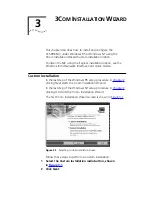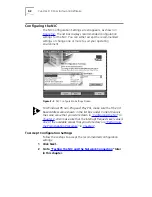
Link LED
1-7
2
Connect the thick Ethernet coaxial cable to the AUI port on
the NIC.
This connector will only attach one way. Orient the AUI connector
to match the AUI port on the NIC.
3
Move the slide latch up to the closed position to lock the
AUI connector in place.
4
Connect the other end of the network cable to an
external transceiver.
Go to the next section.
Link LED
The 3C509B NICs have a light-emitting diode (LED) that indicates
whether an active 10BASE-T network connection exists between
the NIC and the hub. The LED flashes if the polarity of the
network cable is reversed.
When you first install the NIC and power on the computer, the
LED lights, but the network link is inactive. To enable the network
link, you must install the network driver.
Table 1-2
describes the LED states.
Table 1-2
NIC LED Interpretation
If the NIC LED indicates a problem, check the following:
1
Ensure that your network hub and the network cable
connecting to your EtherLink III NIC comply with the
10BASE-T specifications.
2
Ensure that the hub is powered on.
You have completed the hardware installation. To install software:
■
For PCs running Windows 95 or Windows NT, go to
Chapter 2
.
■
For PCs running DOS, Windows 3.x, or Windows for
Workgroups, go to
Chapter 4
.
LED State
Meaning
On
If drivers are installed, the connection is active.
If drivers are not installed, this state indicates that the NIC is
receiving power.
Off
If the LED is not lit, something is preventing the connection
between the NIC and the hub.
Blinking
If the LED is blinking, the cable polarity is reversed. Try a
different network cable or contact your MIS representative.
Summary of Contents for III ISA
Page 12: ......
Page 22: ......
Page 54: ......
Page 64: ......
Page 84: ......
Page 100: ......
Page 105: ...NOTES...
Page 106: ...NOTES...
Page 107: ...NOTES...
Page 108: ...NOTES...
Page 109: ...NOTES...
Page 110: ...NOTES...

